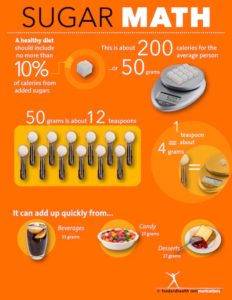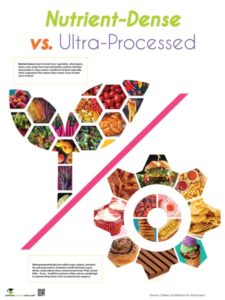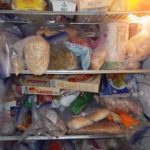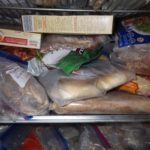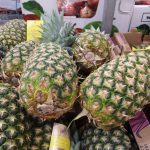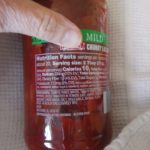 I think most of us are aware of sodium in many canned foods and routinely purchase low sodium products. But sometimes it pops up where you least expect it.
I think most of us are aware of sodium in many canned foods and routinely purchase low sodium products. But sometimes it pops up where you least expect it.
I’m talking about commercially prepared salsa.
Salsa is running neck-to-neck with ketchup as the most popular condiment in the United States. More and more I’m seeing recipes that use salsa as an ingredient in a recipe. I recently made soup that used an entire jar of salsa to add a bolt of flavor. The recipe encouraged cooks to purchase their favorite type of salsa—chunky, smooth, hot, mild, with beans or without…..whatever you wanted to add a punch to this soup recipe.
Not only did it add a punch —it added a lot of sodium. I sure was surprised. When was the last time you really read the Nutrition Facts on the label of a bottle of commercially made salsa? Yikes! I think that it’s interesting to note that the word salsa comes from Latin for salt or salted.
Let’s get to the nitty-gritty—the Nutrition Facts label clearly read contains 210 milligrams of sodium per serving. The kicker is the serving size. Just two tablespoons is a serving. There were 24 servings in the bottle. This is kind of like that old commercial for chips….who can eat just one serving of salsa? Think about the last time you were at a Mexican restaurant and they put that basket of chips and bowl of salsa in front of you? Did you stop at two tablespoons?
The entire 24-ounce jar of chunky mild salsa contained 5250 milligrams of sodium. The recipe made 12 one-cup servings—so the sodium provided by the salsa alone was 438 milligrams. This is on par with a serving of soup from a can.
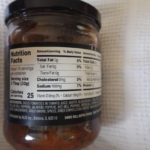 So, what’s good about salsa? It can be low in calories (10 per serving), low in sugar (1 gram) and contains some fiber (1 gram).
So, what’s good about salsa? It can be low in calories (10 per serving), low in sugar (1 gram) and contains some fiber (1 gram).
The amount of sodium in the diet has been linked to increased blood pressure and increased risk of cardiovascular disease in adults. The 2015-2020 US Dietary Guidelines tell us that adults and children ages 14 and older should limit sodium to less than 2,300 mg per day. This is about what you get in one teaspoon of salt. For people with high blood pressure, a further reduction to 1,500 mg per day is recommended.
It sure is easy to grab a jar of salsa from the cupboard and use it as an ingredient. But like most processed food, it can backfire. When shopping, read nutrition labels and try to find a product with less sodium per serving. Other obvious solutions would be to cut back on serving size. Another idea is to experiment and modify the recipe using low-salt tomatoes or tomato sauce and add your own herbs, peppers, and spices. At a restaurant opt for a fresh Pico de Gallo instead of an unknown (possible sodium bomb.) Trader Joe has a fire-roasted salsa that has no salt added and is especially nice for adding to dishes like soups (tip and favorite of Barbara Rice, RD, LD).
Making your own salsa can give you that flavor boost with limited (or no) sodium, too. Not only do they provide fresh flavor but also some fresh vegetables to the diet.
Here is a free salsa recipe that is very easy to make and it contains no added salt:
https://foodandhealth.com/recipes.php/recipe/832
Cheryle Jones Syracuse, MS
Professor Emeritus, The Ohio State University



